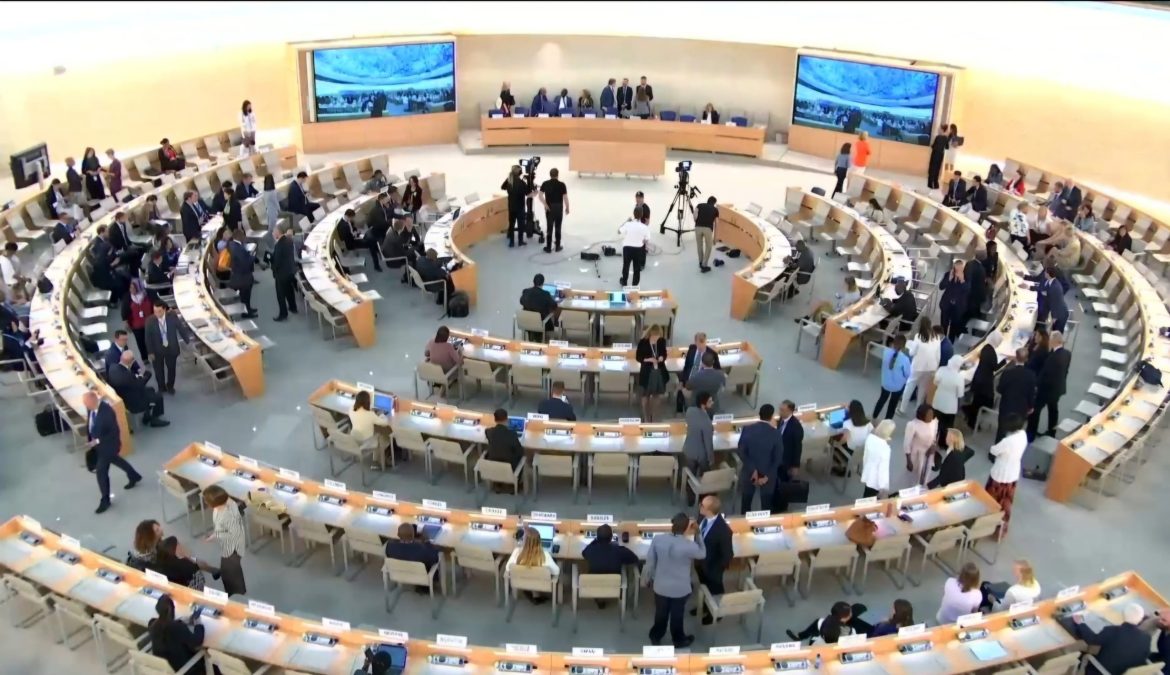Once again, the United Nations has expressed concern over the situation of Afghan women, blaming the Taliban while conveniently ignoring the central role of U.S. meddling policies that laid the groundwork for both the rise of the Taliban and the current crisis.
✍|by Ms. Maryam Ordouie
A Selective Narrative of Suffering
UN officials, whose salaries revolve around voicing alarm over human rights failures in West Asia, periodically warn about the plight of Afghan women and girls—mourning their lack of basic welfare and healthcare services. Yet, right after these expressions of regret, they point the finger squarely at the Taliban, painting them as the sole villains responsible for all injustices and shortcomings.
As a recent display of performative concern, UN representatives claimed: “Life for women and girls in informal settlements in Afghanistan is difficult due to the lack of basic services and drinking water, and returning families face forced displacement.” While the UN is adept at declaring “red alerts” for regional crises, its expressions of concern often carry an odor of hypocrisy.
Misplaced Blame, Overlooked Causes
The narrative is skewed and dishonest. The UN directs its accusing finger at the Taliban—“backward, bearded men”—who are themselves the product of a far greater cause: the United States. The UN, rooted in U.S. interests, simply cannot acknowledge America, for its raison d’être is built on overlooking the “big devil” at center stage.
This organization is loquacious when reporting on the current state of Afghan women, yet renders itself mute when it comes to America’s propagandized attacks on Afghanistan and the legitimacy given to NATO’s military presence. The UN is quick to lament the consequences (the Taliban) but never the cause. It remains indifferent to the fact that after September 11, the U.S.—with the pretext of defending women’s rights—set foot in Afghanistan. Meanwhile, years earlier, under President Reagan, American foreign policy had already embraced support for “Islamist freedom fighters,” inadvertently nurturing the Taliban. The UN remains silent on CIA interventions that transformed secular Afghan schools into centers of radicalized teachings, corrupting the notion of jihad.
Turning a Blind Eye to Imperialist Roots
The UN feigns ignorance regarding the explosive rise in CIA-backed religious schools—from 2,500 in 1980 to 39,000 later on—filled with violent, takfiri doctrines. These lessons later fueled the Taliban’s mushrooming influence—a justification for America’s invasion, and NATO’s military presence, ostensibly to protect women from Taliban restrictions!
Exposing the Colonial Facade
Even Gargi Bhattacharyya, in her pivotal work Dangerous Brown Men: Exploiting Sex, Violence and Feminism in the ‘War on Terror’, lays bare how feminism became a tool for imperial agendas: “The problem for women in the ‘West’ is that the name of our feminism is being taken in vain by those who historically have had little interest in our advancement […] claims that are being made in our name are not, in fact, easily distinguishable from those articulated by ‘real’ feminists.”
Meanwhile, those familiar with embedded feminism—or the misuse of feminist discourse to justify state intervention—understand how women’s rights were co-opted to legitimize war efforts in Afghanistan.
Western Feminism as a War Rhetoric
As Bhattacharyya explains, Western imperial violence clothed in rhetoric of rights and democracy—“a project of bombing for freedom”—has revealed the contradictions at the heart of modern imperial relations. The invocations of democracy and feminism have become convenient shields for violent expropriation.
Conclusion
Take heed: Western human rights charters—so proudly proclaimed in the West—will not warm the cause of Eastern freedoms.


